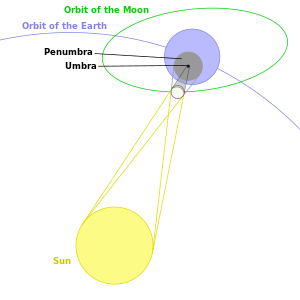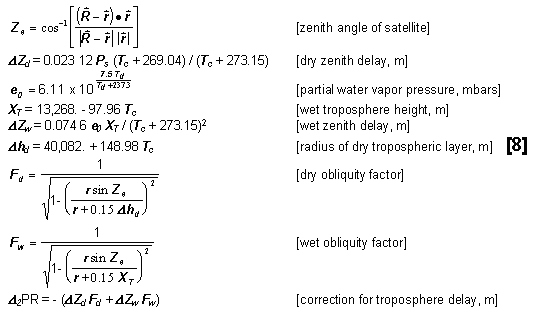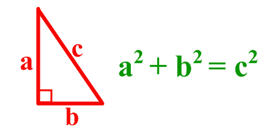You are definitely lost to Reason.
Well, this is exactly your problem about this subject.
What do you think that the word "pseudo" means?
"Pseudo" means that Y looks like X but actually it is not X.
In this case X = "metric".
In metric space it is reasonable to use concepts like
distanceand
point , which are meaningless as a generalization in the case of pseudo-metric space, so the use of concepts like points is misleading, because points are the most accurate expression of position or location of some given space.
In order to avoid confusion, concepts like
distance and
point must first be replaced by more general concepts like
samenesss and
difference.
By using this generalization, a given point is the smallest existing thing that naturally has 0 distance as an essential property of the id of its existence (0 distance is actually its identification or its sameness).
So pseudo-metric space can't use D((
a,
b),(
a,
c)) (where D() is a notation of distance) by defining
a,b,c in terms of
distance without leading to confusion.
In order to avoid confusing,
distance has to be replaced by
samenesss and
difference (where
distance and
point are some particular case of this generalization).
Now let's give some general examples:
A={(
a,
b),(
a,
c)}, where
a is the
sameness of A members and
b,c are the
difference of A members.
Be aware of the fact that in terms of
sameness at most one notation is used (
a), and in terms of
difference at least two notations (
b,c) are used.
By understanding the co-existence of
sameness AND difference, the following contradiction (points are indistinguishable
AND distinct) as given by
points in a pseudometric space need not be distinguishable; that is, one may have d(x,y) = 0 for distinct values x≠y (
http://en.wikipedia.org/wiki/Pseudometric_space )
is simply avoided, because the used concepts (
sameness;
difference) are a generalization of concepts like
distance and
point.
Let's see how the particular cases of points and distance are used by pseudo metric space without deriving into contradiction:
Let A={(
a,b),(
a,c)}, such that D((
a,b),(
a,c)) (where D() is a notation of distance), where
a is a point and
b,c is time.
So, we get the same point in different times (time
b, or time
c).
By using the generalization of the co-existence of
sameness AND difference a can be the same time in different points (point b, or point
c).
epix said:
Under special circumstances, when both points appear in the local 2-dim viewing frame, the distance between both points can become zero, otherwise there is no eclipse.
All you did is to ignore b,c
difference, which leads to partial understanding of what is really going on.
By following your reasoning, we are living in a flat universe.
By not ignoring
a,b,c,
a is
sameness b,c is
difference such that "points (
a,b),(
a,c) are distinct"
AND "there is no 0 distance between them".







